The thick, silky hair and ring curl at the end of the tail are characteristics of the Afghan Hound breed. In the chilly Afghan highlands, the breed is cultivated carefully to develop its distinctive characteristics. Tā\ī Spay (Pashto: تاؘي سپό) or Sag-e Tāzī (Dari: سگ تازό) is its local name.
Afghan Hound
The Afghan Hound is said to be a “aloof and dignified aristocrat of sublime beauty.” The Afghan has a “endearing streak of silliness and a profound loyalty,” despite their royal look. The unique coat of the Afghan Hound serves a function for the breed. Its shag evolved to provide defense from the severe montane weather. They used their massive paw-pads as shock absorbers on the rough ground.
It has been determined that the Afghan Hound is a base breed that existed before the 19th-century formation of the contemporary breeds. The Saluki1 is its closest relative. In Afghanistan, at least 13 varieties are recognized.
A particular breed for special individuals is the Afghan Hound. “No animal can equal the Afghan Hound as a pet where the dog and owner combination is right,” says a breed specialist. “It’s not the breed for all would-be dog owners.”
History and Origin Afghan Hounds have their start in Afghanistan, when nomadic people utilized them to hunt gazelles and hare over rough hilly terrain. They were introduced to Europe by British troops in the late 1800s.
Physical Characteristics Afghan Hounds are distinguished by their tall, graceful, and thin frames. They have a ring curl on their tail and a long, silky coat that comes in a variety of colors. Their ears fall to the sides of their heads, giving them a long, lean face.
Temperament and Personality Afghan Hounds are renowned for having a solemn and detached nature. They may be joyful and silly while playing, and they have a strong sense of independence.
Afghan Hounds as Family Pets Although they don’t necessarily make excellent household dogs, Afghan hounds can be. All that matters is the family’s expectations. In general, they get along well with older kids.
Grooming Requirements The coat of an Afghan Hound has to be brushed on a regular basis. Every week, they should have a bath, and the coat has to be completely dried.
Training and Socialization Afghan Hounds must get both training and socialization in order to mature into well-mannered canines. Owing to their reclusive disposition, socializing need to begin early.
Health and Common Issues Thyroiditis, laryngeal paralysis, juvenile cataracts, hip and elbow dysplasia, and bleeding abnormalities are among the health issues that Afghan Hounds are susceptible to.
Exercise Needs Due to their high activity levels, Afghan hounds need at least two hours of exercise every day.
Diet and Nutrition For an Afghan hound, the optimal diet consists of fresh human-grade food, vegetables, fruits, fiber, vitamin C, and calcium in addition to high-quality, protein-rich foods.
Lifespan An Afghan Hound lives for 12 to 14 years on average.
Unique Features and Fun Facts With a history stretching back thousands of years, Afghan Hounds are among the world’s oldest canine breeds. They can run as quickly as racehorses and were originally developed for hunting.
The Afghan Hound in Popular Culture Afghan Hounds have been portrayed in movies, TV series, and books, among other kinds of media.
Finding and Adopting an Afghan Hound It is advised to inquire with neighborhood animal shelters or breed-specific rescue organizations if you are interested in adopting an Afghan Hound.
Conclusion The Afghan Hound is a distinctive and magnificent breed that needs a committed and considerate owner. They may be a great addition to the appropriate household if given the necessary care.
How do I groom my Afghan Hound?
An Afghan Hound’s long, silky coats make grooming them a laborious task. Here are several actions that you can take:
- Brushing: Brushing your Afghan Hound every day will help reduce knots. For tough mats or knots, use a slicker brush and an oval pin brush. After misting the coat with a spray bottle or an excellent de-tangling spray, use the pin brush to brush each region of the coat separately. Make sure to brush in the direction that hair grows, using long, sweeping strokes.
- Bathing: After giving the dog a good brushing, give him a wash with premium dog shampoo and conditioner. Thoroughly rinse, but feel free to leave some conditioner behind. Use a standing hair dryer (or a hand-held one if one is not available) to dry the coat after the bath, being careful to brush the coat as you dry. After the coat has completely dried, brush it one more time and use conditioning spray for further protection.
- Haircut: Every eight to ten weeks, your Afghan dog will need a haircut, regardless of its current hairdo. A skilled groomer may trim the beautiful, glossy coat of this breed and provide owners general grooming advice for Afghan Hounds.
Remember Keep in mind that maintaining your pet’s degree of cleanliness and preserving their appearance are just two aspects of grooming. Maintaining your pet’s physical well-being and attractiveness is known as grooming.
For more detailed instructions, you might find these video tutorials helpful:
- How to groom an Afghan Hound – Grooming Guide – Pro Groomer
- Tips and tricks on how to groom an Afghan Hound with Sonia Luengo
- THE AFGHAN HOUND – The World’s Most Glamorous Dog
How do I train my Afghan Hound to be obedient?
Because Afghan Hounds are independent and aloof by nature, training them to be submissive may be difficult. Nonetheless, it is achievable with the appropriate strategy, perseverance, and patience. Here are a few pointers:
- Start Early: As soon as your Afghan Hound is as little as 7-8 weeks old, start teaching him.
- Positive Reinforcement: Make use of strategies for positive reinforcement, such as toys, praise, and rewards. This makes training enjoyable for your dog and promotes excellent behavior.
- Basic Commands: “Sit,” “down,” “stay,” and “come” are a few fundamental instructions to start. You may introduce more complex orders to your dog after they have learned them.
- Consistency: Maintain consistency in both your training sessions and directives. This aids in your dog’s comprehension of expectations.
- Exercise: Due to their busy nature, Afghan Hounds need to exercise for around two hours each day. Frequent exercise will keep your dog’s mind active and training-responsive.
- Socialization: To assist your dog in socializing and learning new things, sign them up for obedience lessons or puppy kindergarten. Additionally, it may help prevent any possible behavioral problems.
- Patience: Recall that Afghan Hounds may be obstinate during training and have a degree of independence1. When exercising, employ a light touch and plenty of inspiration.
Remember, Since each dog is different, what suits one may not suit another. It’s critical to use patience, consistency, and positive reinforcement while teaching your Afghan Hound.
Read More: French bulldogs Everything You Need to Know About
FAQs
Are Afghan Hounds good with children?
Afghan Hounds can be good with children, but their independent nature may require supervision to ensure a harmonious relationship.
Do Afghan Hounds shed a lot?
Afghan Hounds have minimal shedding, but their long coats require regular grooming to prevent matting.
Are Afghan Hounds easy to train?
Training Afghan Hounds can be a bit challenging due to their independent nature, but with patience and consistency, they can be trained.
What is the typical exercise routine for an Afghan Hound?
Afghan Hounds require regular exercise, including daily walks and opportunities to run in a secure area.
Can Afghan Hounds live in apartments?
While Afghan Hounds are relatively adaptable, they do best in homes with access to outdoor spaces for exercise. Apartment living is possible with sufficient exercise and attention.

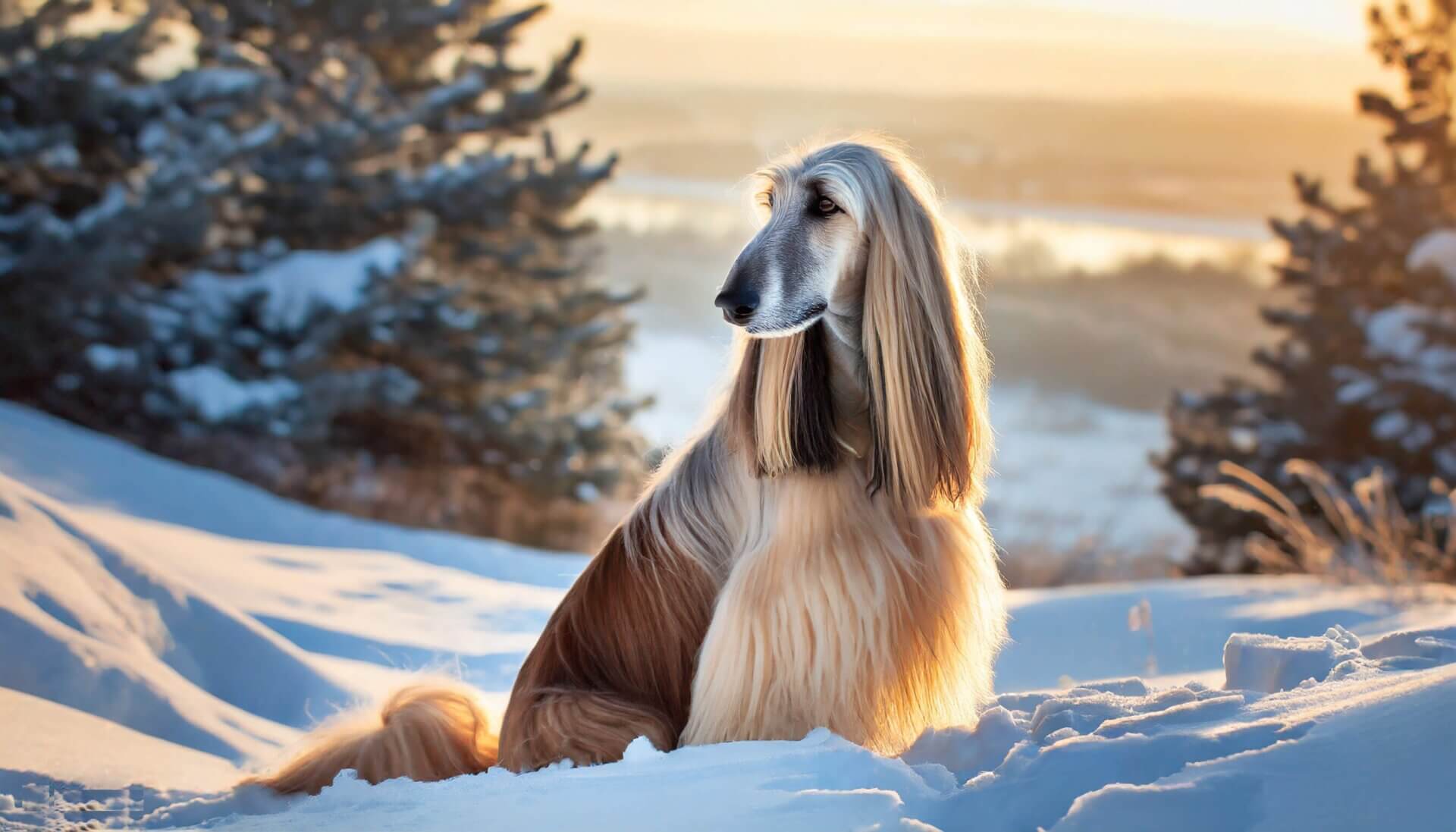
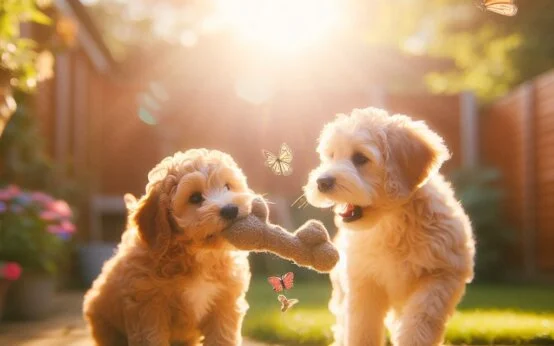 Mini Labradoodle: A Complete Guide
Mini Labradoodle: A Complete Guide 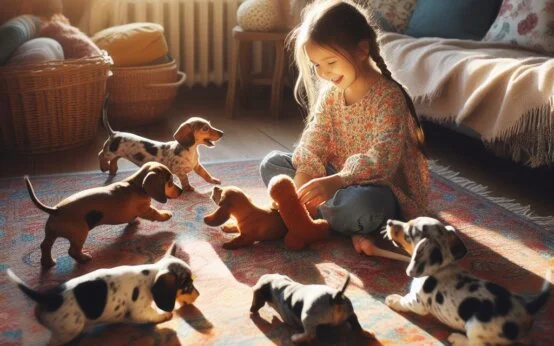 Dapple Dachshund: A Unique and Lively Breed
Dapple Dachshund: A Unique and Lively Breed 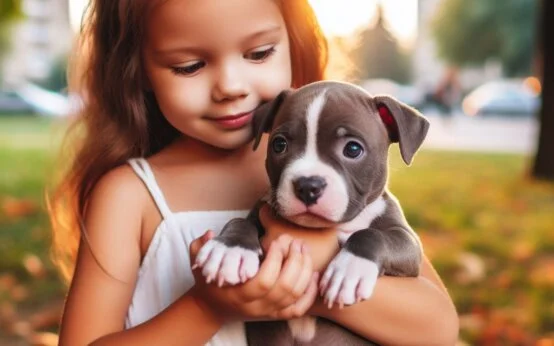 Pocket Pitbull: A Compact Canine Companion
Pocket Pitbull: A Compact Canine Companion 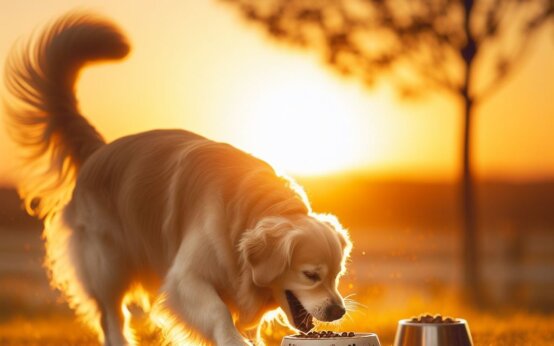 Preparing for an Adventure: A Golden Retriever Packs Its Suitcase
Preparing for an Adventure: A Golden Retriever Packs Its Suitcase 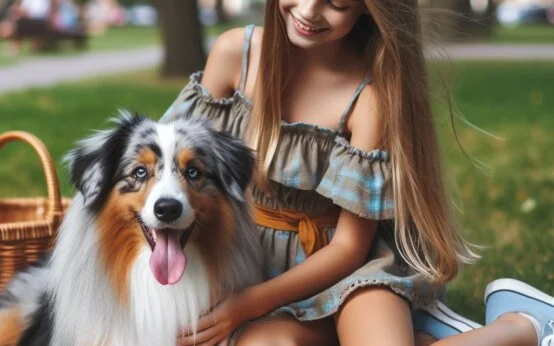 The Blue Merle Australian Shepherd: A Captivating and Unique Breed
The Blue Merle Australian Shepherd: A Captivating and Unique Breed 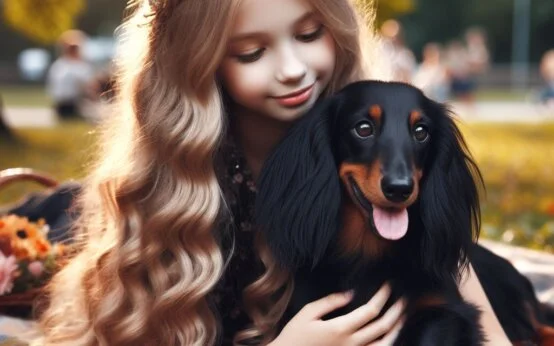 Long Haired Dachshund: A Guide to This Charming Breed
Long Haired Dachshund: A Guide to This Charming Breed  Mini Labradoodle: A Complete Guide
Mini Labradoodle: A Complete Guide 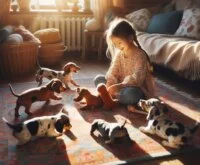 Dapple Dachshund: A Unique and Lively Breed
Dapple Dachshund: A Unique and Lively Breed  Pocket Pitbull: A Compact Canine Companion
Pocket Pitbull: A Compact Canine Companion  Preparing for an Adventure: A Golden Retriever Packs Its Suitcase
Preparing for an Adventure: A Golden Retriever Packs Its Suitcase 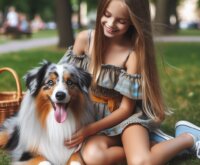 The Blue Merle Australian Shepherd: A Captivating and Unique Breed
The Blue Merle Australian Shepherd: A Captivating and Unique Breed 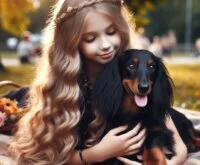 Long Haired Dachshund: A Guide to This Charming Breed
Long Haired Dachshund: A Guide to This Charming Breed
1 Comment